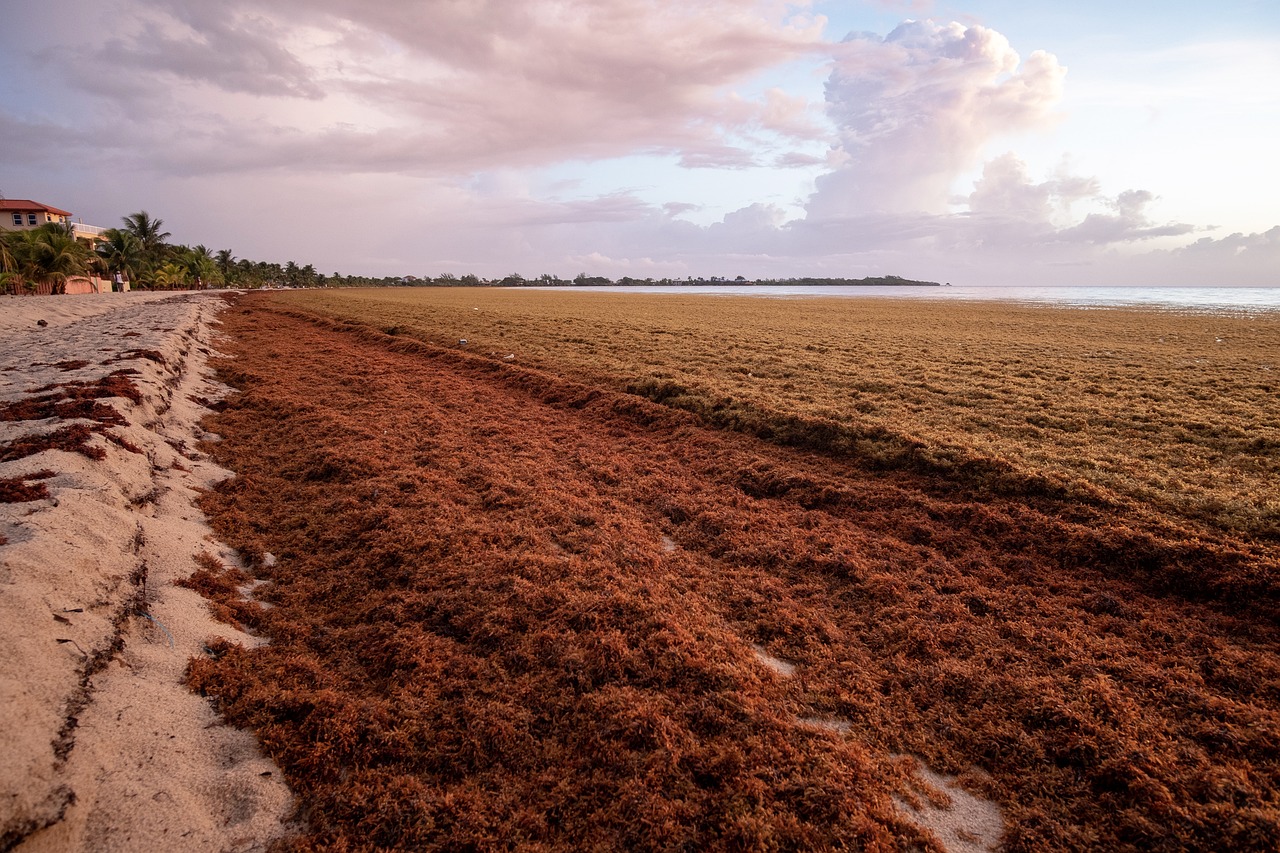
Algae Out of Balance
by Sam Stoeltje
Sign up for our monthly newsletter!
When I went to the beach as a kid on the Texas Gulf Coast, the seaweed situation would always involve a roll of the dice. Sometimes the beaches and the water, would be relatively free of the stuff, while other times it would be piled up on the shore in great red-brown heaps, or bouncing in the waves in clots of various sizes, and we would have to dodge it as we swam out to the sandbar. It was sargassum, a genus of seaweed and a macroalga, after which the Sargasso Sea gets its name.
Every spring since approximately 2011, sargassum has coalesced in the Atlantic to form what is called the “Great Atlantic Sargassum Belt.” In 2018, the Belt was composed of 20 million tons of sargassum, and last year, it was the largest on record.11 This blob of seaweed, with its vast density and volume, poses threats to non-human life when it sinks to the ocean floor and smothers other marine plants and corals.
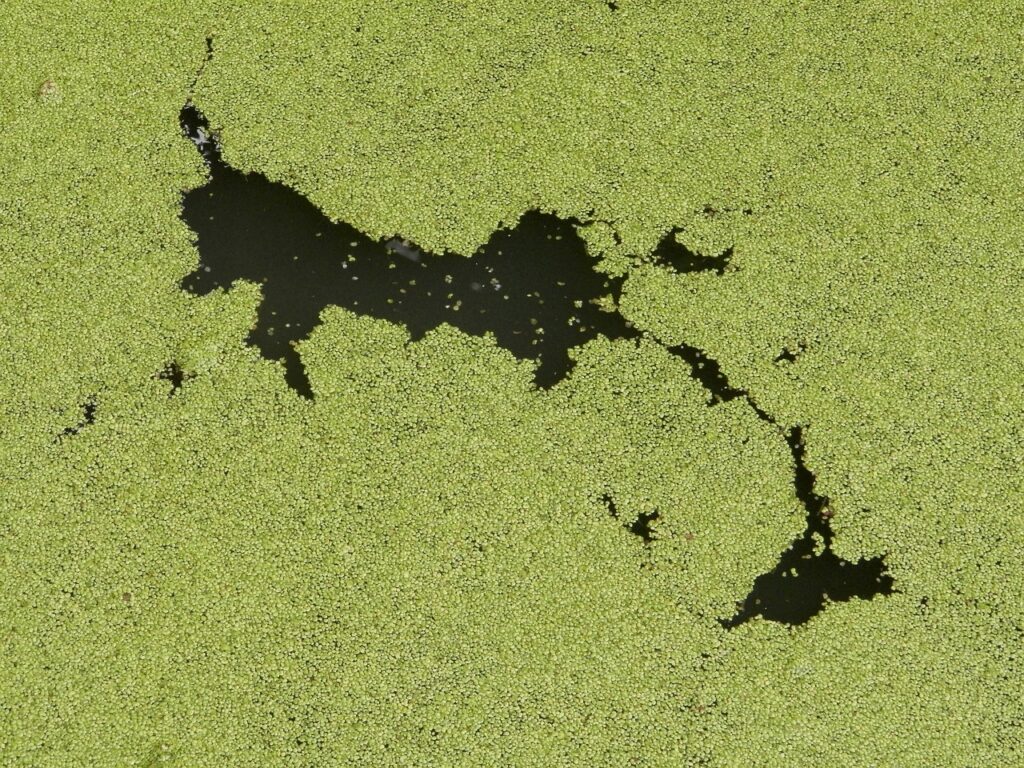
It is also, in all likelihood, an anthropogenic phenomenon. In a recent issue of Science, a team of researchers from the University of South Florida used satellite data and other methods to hypothesize that the Belt’s explosion in recent years has been caused, in part, by surplus nutrients in Amazon runoff, themselves produced by deforestation and use of fertilizers in industrial agriculture.22
Sargassum, as a macroalga, is a kind of phytoplankton, the seabound plant life that is the basis of the food chain and one of the most powerful organic carbon sinks on the planet; it is, furthermore, and without exaggeration, responsible for all life on earth. Phytoplankton was the engine behind what is called the Great Oxygenation Event, when around two billion years ago, photosynthesis first evolved in cyanobacteria. This phytoplankton, equipped with the ability to convert carbon into oxygen, began to transform the earth’s atmosphere into the breathable air so many of us take for granted today.
Named for its blue-green color, lately cyanobacteria has been forming its own problematically successful blooms. Also in response to human behavior, specifically fertilizer use, cyanobacteria is the most common cause of Harmful Algal Blooms (HAB) which have become so common that they are tracked and publicized by ecological organizations. These blooms can cause fish die-offs and other damage to nonhuman life, and they can cause a host of health effects in humans, including neurological disorders from repeated exposure.
Another variable in the formation of cyanobacterial HABs is also anthropogenic: climate change raises ocean temperatures, a condition that stimulates the growth of phytoplankton. The recent, seemingly exponential shift in algae growth patterns, is yet one more indicator of the outsized impact of modern, post-industrial human cultures upon the interlinked and interdependent network that composes the biosphere. This is a familiar irony: the phylum of cyanobacteria so essential to the possibility of life, and eventually of human evolution, has become yet another indicator of the threat of anthropogenically-produced system collapse. As it happens, scientists have found evidence that harmful blooms may have played a role in the End-Permian Extinction Event, the largest known mass extinction in our planet’s history.3 3
Interesting, then, that algae seems also to offer so much hope in the project of imagining a more ecologically responsible mode of relations to the planet. Humans have cultivated algae for centuries; Asian cultures in particular have developed the earliest successful techniques of seaweed farming, utilizing kelp and other macroalgae as a source of nutritious (and umami-rich) food. The ecological benefits of seaweed as a carbon-negative food source have resulted in a push to broaden its appeal around the world, including in the west. All photosynthetic life performs carbon sequestration, but phytoplankton are particularly good at it, responsible for removing somewhere between 30 and 40% of carbon dioxide captured by all plant life despite making up only 1-2% of plant biomass.44
Scientists and inventors are working to develop scalable means of aquaculture to utilize this potential of algae as a means of carbon sequestration, alongside its potential as a food source, a bioplastic, and a livestock food additive that may cut down on methane emissions. Reading about developments in the possibility of human use of algae can inspire hope, but also misgivings. Scientific-entrepreneurial conversations about “scalability,” here and elsewhere, take for granted the persistence of modern, post-industrial (and colonial) human cultures of dominance and overconsumption. There is a wide-eyed attitude toward the promises of aquaculture that reminds me of the enthusiasm, now muted, that was once generated around vertical farming. More concerningly still, some plans for aquacultural initiatives toward carbon sequestration, such as adding iron to waterways to stimulate growth, resemble geoengineering projects whose ultimate ecological consequences are opaque.
During my time as a graduate student, I had a philosophy professor who would talk about the Great Oxygenation Event as a perpetual reminder that events happen (this is the kind of thing that philosophers, I guess, are in the business of proving). Every time we take a breath, this professor would point out, we are accepting the consequences of that event: that it took place, and that if it had not, we wouldn’t be here. It remains to be seen what the consequences of the Human Event will be, what kind of air we will leave in our wake, and how we will be remembered for it.
Plantings
Issue 30 – December 2023
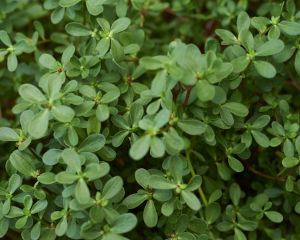
Viriditas: Musings on Magical Plants: Portulaca oleracea
By Margaux Crump
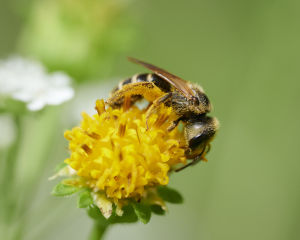
Proboscis, Pollen, and the Rapture of Interspecies Intimacy
By Jake Eshelman
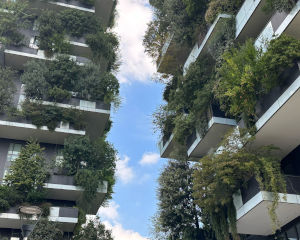
The Greening of Milan: Porta Nuova and Vertical Forest
By Gayil Nalls
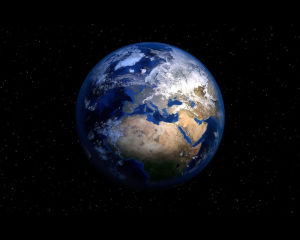
Overshooting Earth’s Boundaries: An Interview with Bill Rees
By Rachel Donald
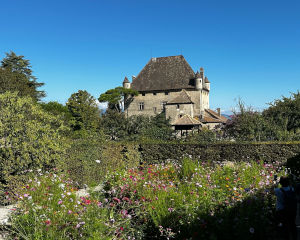
The Garden of the Five Senses
By Gayil Nalls

Eat More Plants Recipes:
Le Botaniste’s Fennel, Tomato, and Red Pepper Pasta Sauce
Sam Stoeltje, PhD, is a professor at Utica University. He/They specialize in Religious Studies, Critical and Decolonial Theory, and Epistemic Justice.
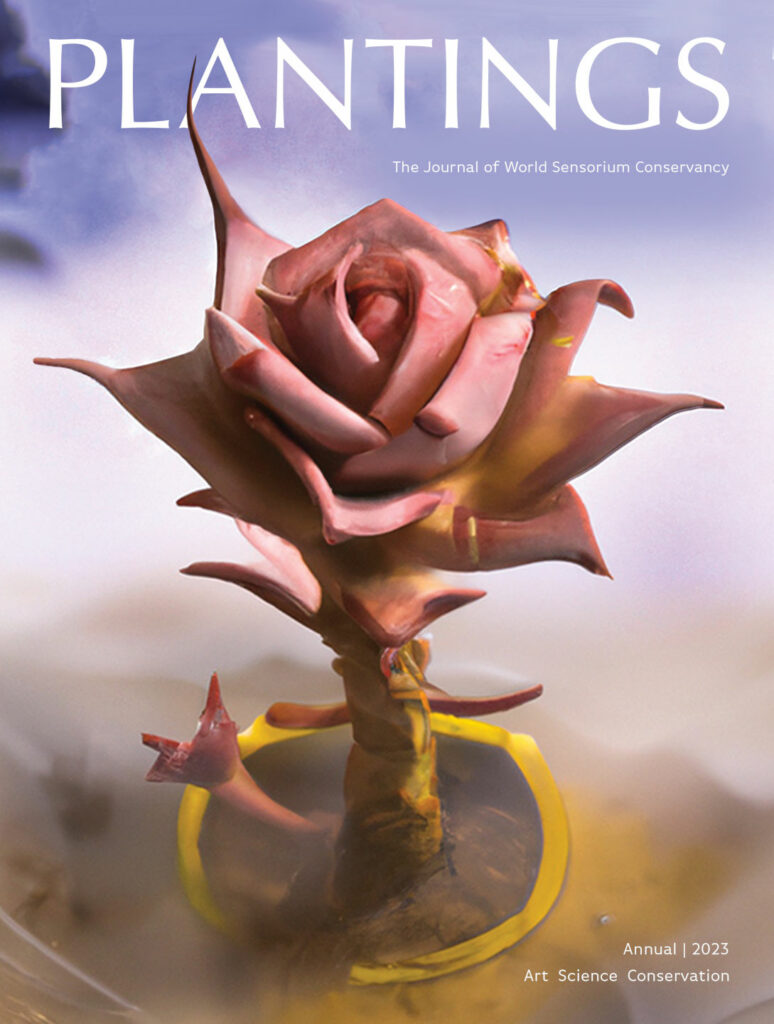
Plantings Print Annual 2023
Do you have the 2023 Plantings print annual?
Plantings cultivates innovative ideas and fresh perspectives, nurturing the global conservation community. Our readers find inspiration in forward-thinking individuals and approaches dedicated to fostering a better life for the planet and all its inhabitants.
The 2023 edition of Plantings is available in our store for shipping.


